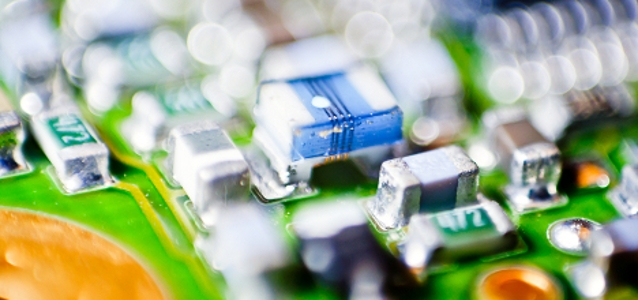
© adistock dreamstime.com
Business |
The shipment for Chinese PV products account for 60% in 1H/13
Several PV manufacturers in Europe have either declared bankruptcy or are seeking to reorganize.
For example, Solarezo, Conergy, and Gehrlicher all filed for insolvency and some manufacturers have started business restructuring. While Scheuten Solar has been looking for buyers to take over its German module plant, Panasonic has planned to close its module plant in Hungary in September. According to the most recent global PV industry data collected by EnergyTrend, a research division of TrendForce, the future for PV manufacturering in Europe is worrisome due to the government subsidy reduction, high manufacturing cost, and competition from cheap Chinese products.
As indicated by global PV industry data, total module capacity in the world was around 54GW by 2Q13. Chinese manufacturers’ total capacity accounted for about 60% of the worldwide capacity. Among the top ten manufacturers, only First Solar was not a Chinese manufacturer.
The situation seemed to be the same for the shipments. The total amount of shipment in the world reached 15GW in the first half of 2013 while Chinese manufacturers’ total shipment quantity accounted for more than 60% in the worldwide shipment quantity. It’s clear that Chinese products have taken the lead in the market.
Concerning module cost and price, based on EnergyTrend’s data, the manufacturing cost for Chinese module manufacturers was between $0.19USD/watt and $0.22USD/watt, and that for European module manufacturers was at least 27% higher.
Besides, since most of the Chinese module manufacturers had their own cell and wafer production lines, the lowest cost was $0.66USD/watt for products made outside of China and $0.54USD/watt for products made in China. Moreover, Chinese manufacturers can get refund on export tax, thus the price for Chinese products would be about 30% cheaper in European market.
With European governments continuously cutting the subsidies, in order for system investors to receive higher IRR, Chinese modules have become the first choice for manufacturers. EnergyTrend believed that although Europe tried to reduce the damage caused by Chinese products through imposing punitive tariff, the policy is like a double edged sword; if any mistakes occurred throughout the execution, it will seriously impact the future development of PV market in Europe.
Judging from the spot market’s overall performance, because the demand’s turning slow and changes may be made toward Europe’s policy in August, the market is still stuck in wait-and-see mode. Last week’s polysilicon spot market price continued to decline, with average price being $16.294USD/kg, a 0.12% drop. In terms of Chinese domestic prices, the prices fell between $120RMB/kg-$130RMB/kg.
In terms of silicon wafer, price declined due to market uncertainties. Last week’s multi-si wafer price was $0.901USD/piece, a 0.33% decline, while mono-si wafer price came to $1.194USD/piece, a 0.08% decline. For cell, due to the decreasing demand, the price for normal grade products continued to decrease. Also, the decision of some manufacturers to purchase normal grade products has caused the average price to go downward, with last week’s price being $0.414USD/watt, a 1.43% drop.
For module, there may be changes toward European and Japanese markets, thus the future impact is still unpredictable. Although the Chinese government has come up with new subsidy policies, the actual result is yet to be observed. Due to the unpredictable market demand, price has declined, with average price being $0.693USD/watt, a 0.57% drop.
The market for thin-film and PV inverter is also being affected. Last week’s average thin-film price was $0.627USD/watt, a 0.48% drop, and inverter price came to $0.211USD/watt, a 1.86% drop.


